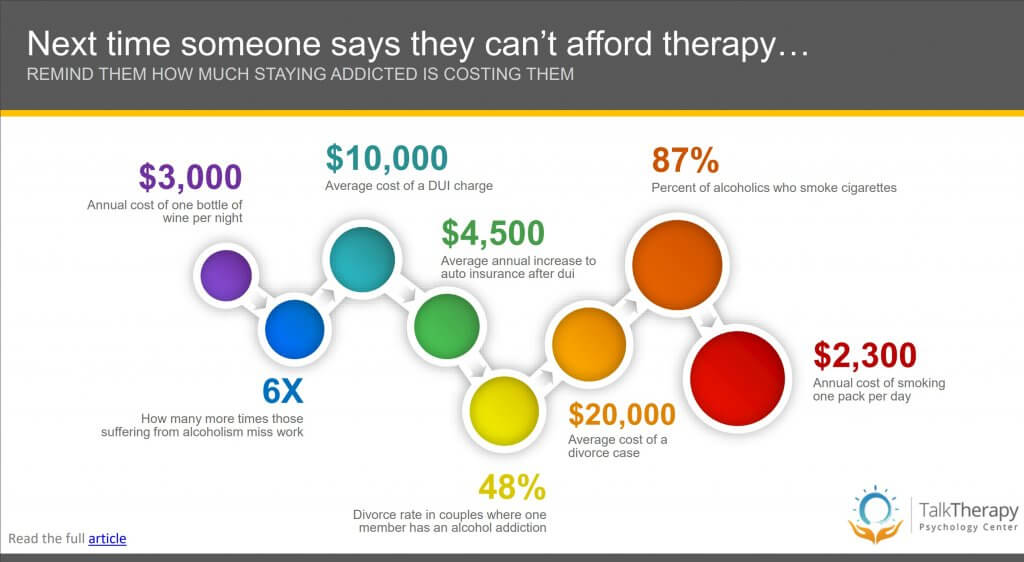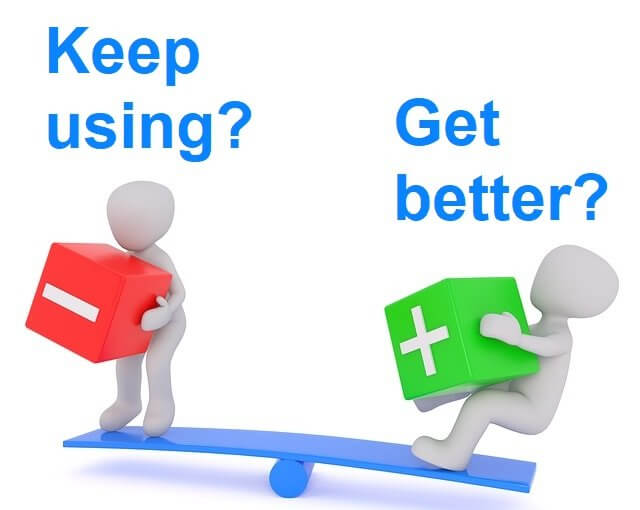One of the most important aspects of an intensive outpatient rehab program, such as an IOP, is the power of groups. Much research has been performed both in psychology and sociology elaborating on the effects groups have on individuals. In fact, it is believed that participating in a group is a fundamental human need.
Here are some important aspects of group psychology that positively contribute to the success of an outpatient rehab program:
Ambiguity’s Role in Social Influence
Group social influence happens when people don’t know what the best thing is to do or say in a certain situation. In such a case, people look to the behavior of others in the group, including the group facilitator, as an important source of information, and use it to make choices.
This seems like an obvious scenario and one that we can all relate to. We often find ourselves in situations where we don’t know something, such as attending a new course in college or starting a new job. In such cases, we quickly learn from others in the group and often assimilate their behaviors and pay particular attention to their suggestions. According to research, this is especially the case when the situation is ambiguous – e.g., a situation involving fear, confusion, or crisis.
This is an important element in group therapy, especially for people who are attending an outpatient rehab program perhaps for the first time. Not knowing what the sessions are about, how to behave, what to say, and how to participate, allows the participant to be influenced by the therapist and longer-term group attendees. Furthermore, when working through addiction, one frequently experiences fear and confusion.
The therapist is typically the perceived expert in therapy and, therefore, commends a lot of influence on the group. The information conveyed by the therapist during times of ambiguity can be very influential.
Norms and social influence
Humans have a strong need to be accepted. We tend to change our behavior to match that of others, not necessarily because they are right but because we want to remain members of a particular group. The effect of being rejected by a group is very strong, and, therefore, we do our best to avoid the pain of rejection.
Social conformance to group norms is said to be stronger depending on the strength, purpose and size of the group. We tend to conform more when we are in a group we care about, the group has a common purpose, and a particular size.
Group size and conformance to social norms
A study by Asch identified that conformity increases as the number of people in the group increases. But that’s the case up to a point. Once the group reaches four or five other people, conformity does not increase much further.
When looking at our IOP groups, we particularly like to keep them between 3 and 7 participants, though we have also worked outside those quantities. Once a group gets to 10 or more people, however, many of the benefits of participation are reduced. People don’t get as much attention or as many chances to participate. As a result, they tend to lose interest or just don’t feel a strong sense of belonging.
The perceived importance of the group
Another study suggested that the strength of the group, as defined by how important the group is to us, makes a difference. Group normative pressures seem to be stronger when they come from people we appreciate or a group we strongly identify with. This is often seen when people participate in competitive sports teams, where there is a strong interest in being a part of that team, participation is perceived to be of high value.
Obviously, this is very important in therapy and also one of the reasons we especially like clients who are self-motivated to get better and are excited to be part of the group. It’s not only themselves they are improving but the quality of the whole group.
This is also the reason why it’s very important to have a therapist who has experience, empathy, and even charisma. These elements come together to further enhance the group’s success. When participants look up to the therapist, or the outpatient center has a certain level of positive history and reputation, those attributes contribute to the participant’s chances at getting value.

Critically thinking about groups
As an exercise, we would like you to take a few minutes and think about some of the groups you belong to. This isn’t just about your therapy group. This could also be your school group, social group, work group, competitive teams, or your family group.
What kinds of benefits do you get by being a member of these groups?
Think about how your attendance in those groups is helping or hurting you.
Do any of the groups you belong to frequently deal with ambiguity?
Think through some scenarios and look to see if you often come across points of ambiguity. For instance, do you socialize with a group that takes on risky actions? Perhaps you belong to a group that likes to take things to the edge a bit as a form of entertainment. Does ambiguity arise in the form of fear and uncertainty in you? If so, pay attention to those particular moments and see if there are moments when you are being particularly influenced by others.
Who are the influencers in the group?
In each of the groups you participate in, are there key individuals that seem to dominate the conversations? Does one person’s opinion seem to have a stronger resonance with the group than the others?
Are you being positively or negatively influenced?
Now that you have identified the influencers in the group, can you tell if their behaviors, actions, and directions impact you in a positive or negative way? Do you have influencers that take energy away from the group or ones that contribute energy to the group? They are both easy to spot once you start paying attention.
What actions, stances, or behaviors are you taking because of social norms in those groups?
As you thought through some examples from the above questions, were you able to identify how your actions and behaviors may change as a result of the influence of the group or the leading voices? Do you “play along” with a direction that doesn’t resonate with you, just by being a member of that group?
Note that it’s also interesting to do these exercises and focus on groups where you are the leading voice. Respond to the same questions above from that perspective. Do you lead differently during times of ambiguity? How are others brought along to your cause as a result of your influence? Are you contributing to the group or perhaps taking energy away from the group?
The above is not meant to be an exercise in beating yourself up. It’s an exercise in becoming aware of the groups we all participate in and critically thinking through what is going on in those groups.
If you have any questions about the above, or would like to understand your options for treatment, please don’t hesitate to reach out to us.
References
Aronson, E., Wilson, T., Akert, R. Social Psychology. Firth Edition.

Author: Dr. Seda Gragossian
Dr. Seda Gragossian is the Clinical Director at the Talk Therapy Psychology Center. She has worked in the mental health field in clinical leadership roles in private practice, at multiple outpatient facilities, as well as at large psychiatric hospital settings.
Download our free eBook to learn everything there is to know about Intensive Outpatient Programs!
Are you or someone you know suffering from depression, anxiety, or addiction? Don’t be nervous or shy about asking for help. We believe that everyone needs a little help now and then. We make no judgments and we meet you where you are at.








